Table of Contents
1. Introduction
2. Current Market Overview
3. Key Considerations for Selecting Tongue Cleaners
4. Leading Tongue Cleaner Models and Their Features
5. Conclusion
Introduction
Tongue cleaners, or tongue scrapers, are tools specifically designed to remove bacteria, food particles, and dead cells from the tongue’s surface. Regularly using these products can significantly improve oral hygiene, helping reduce bad breath and prevent dental issues. With advancements in materials and design, tongue cleaners have become more efficient and user-friendly. They are now available in various forms, including metal, plastic, and bristle-based types, catering to diverse preferences and needs for daily oral care routines.
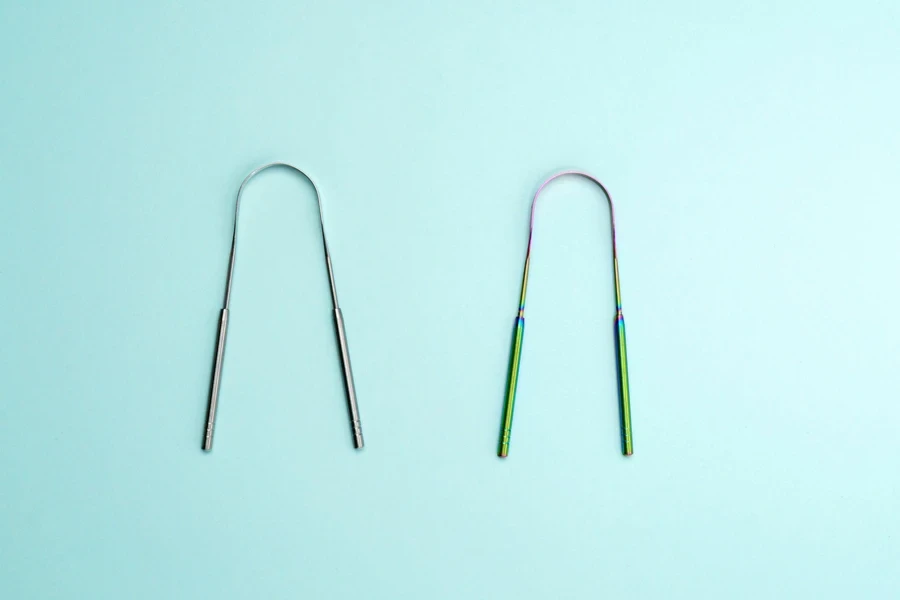
Current market overview
As per a study by KBV Research, the worldwide industry for tongue scrapers is anticipated to expand with an estimated growth rate (CAGR) of about 4.3% from 2024 to 2031. In 2023, the market attained a volume exceeding 101 million units, indicating a growth rate of 10% compared to previous years. By the year 2031, it is predicted that the market will reach a worth of $622.2 million. The expansion is fueled by a growing recognition of the importance of oral health and a rising need for oral care items that work alongside regular brushing and flossing routines.
One significant trend influencing this market is the increasing consumer demand for sustainable materials like steel and copper due to their durability and antimicrobial features, which are gaining popularity among consumers worldwide seeking eco-friendly options to reduce waste.
Moreover, the plastic section retains a portion of the market because of its cost efficiency. Nonetheless, there is a rise in the desire for quality, durable materials, especially from customers looking for long-term value.
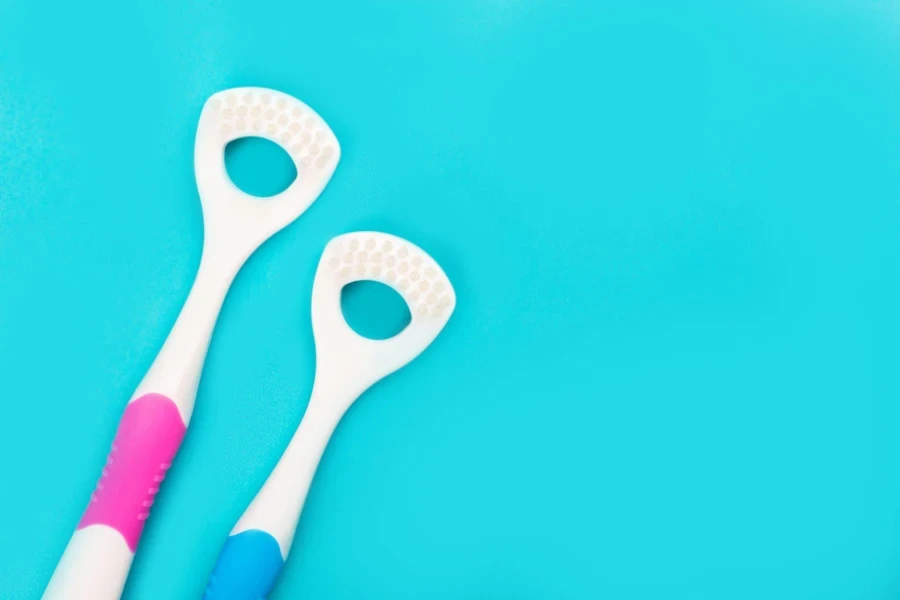
Key considerations for selecting tongue cleaners
Material choice: Durability vs. comfort
The material used in tongue cleaners is crucial for durability and comfort. Stainless steel and copper are favored for their lasting nature and ability to fight off germs, making them a hit among customers who value longevity. Stainless steel is resistant to rust and corrosion, ensuring it can be used for a long time without needing replacements. Likewise, copper tongue cleaners are durable and provide antimicrobial properties that help prevent bacterial buildup in the mouth. However, maintaining copper requires more attention to prevent it from losing its shine.
Plastic and silicone tongue scrapers focus more on providing comfort and adaptability. Plastic scrapers are lightweight and easy for beginners or anyone with a sensitive tongue. While they may not last as long as metal options, plastic tongue cleaners are budget-friendly and often designed with user comfort in mind. The silicone material is known for its texture, offering more flexibility and a gentle cleaning experience for individuals who prefer a softer touch.
Hygiene and maintenance
Keeping proper hygiene is crucial when it comes to items that touch the mouth directly. Metal scrapers made of steel are popular for being easy to clean due to their smooth surfaces that don’t allow bacteria to stick easily and can be sanitized with soap and water after each use.
Copper is good at getting rid of germs because of its qualities, but it needs more upkeep compared to other materials like plastic and silicone, which are easier to clean and don’t need as much maintenance. Copper users must ensure the scraper is completely dry after each use to avoid tarnishing caused by oxidation. This extra attention to detail might discourage some people from choosing copper as their main material. Plastic and silicone may be more convenient since they are easier to clean and less likely to harbor bacteria buildup, especially when cleaned well after every use.
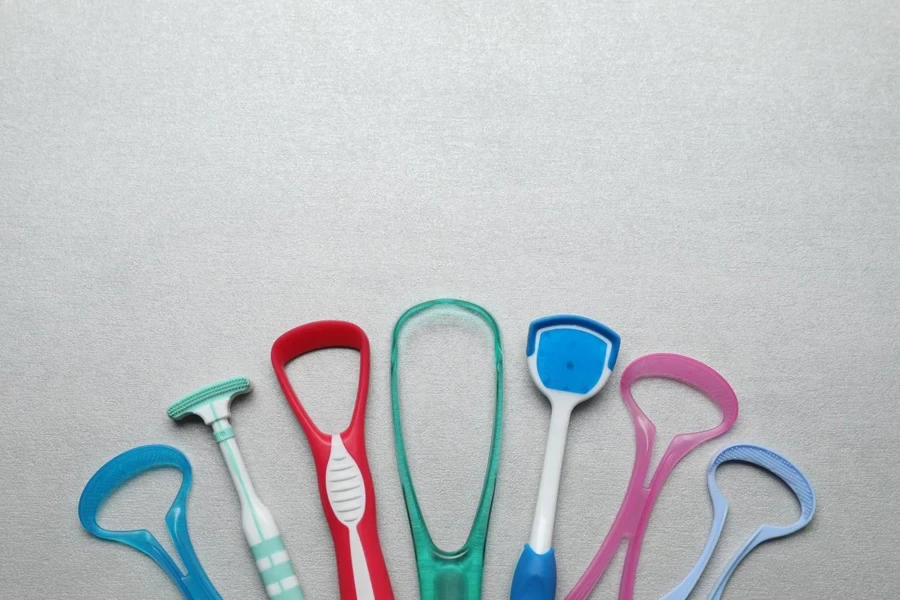
Design and ergonomics
Choosing the right tongue cleaner is essential for beginners to ensure a good experience, with a focus on design as a key factor to consider. Metal scrapers with U-shaped designs are known for their efficiency in cleaning. It may be uncomfortable for first-time users if not properly sized to fit their tongue accurately. It is crucial to ensure that it is appropriately sized to match the user’s tongue dimensions and to prevent triggering a gag reflex or discomfort while using the scraper.
Plastic and silicone tongue scrapers are popular for their flexibility as they can adjust to the shape of the tongue while cleaning it effectively. This feature makes them appealing to individuals with sensitive tongues or those seeking a softer scraping experience. Furthermore, tongue cleaners often include user handles that ensure a good grip, making cleaning smoother and minimizing hand fatigue.
Best-selling tongue cleaner types and their key features
Today’s oral care market is highly competitive, with tongue cleaner varieties gaining popularity due to consumer preferences for materials and designs that offer unique features. The performing products in this sector often possess qualities that attract buyers consistently over time. Retailers who prioritize stocking the most sought-after items will observe clear patterns influenced by the functionality and comfort they provide to users.
Stainless steel tongue cleaners
Stainless steel tongue cleaners stand out as a leading product category in the market due to their durability, hygiene benefits, and long-term cost savings. They are favored for their smooth surface, which resists buildup and is easy to maintain, making them preferred by those conscious of health practices. Their ability to hold their shape over time for performance makes them a favorite among customers who appreciate consistency in their purchases.
Moreover, many of these cleaning tools have ergonomic designs that improve comfort. These items’ usual rigid U shape allows easy cleaning without much pressure—a feature that draws in customers seeking efficient oral hygiene tools. The mix of easy upkeep and great effectiveness is why stainless steel tongue cleaners regularly rank among the bestsellers in the market.
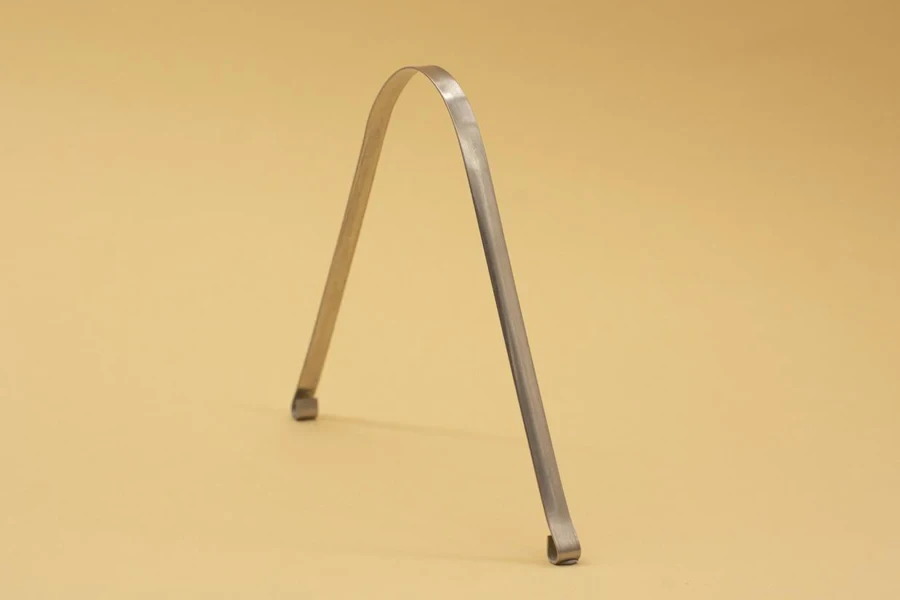
Copper tongue cleaners
Copper tongue cleaners are also quite popular among consumers for their ability to fight off bacteria due to copper’s natural properties. They stand out in the market and appeal to those who prioritize hygiene and holistic wellness products despite needing extra care to prevent tarnishing.
The classic U-shaped structure of copper tongue scrapers offers easy cleaning with minimal discomfort and draws consumers in due to their connection to ancient Ayurvedic traditions, adding a cultural and health-conscious charm to their choice of purchase. The fact that they offer a natural approach to oral care also contributes to the growing popularity of these tongue cleaners.
Plastic and silicone tongue cleaners
Plastic and silicone tongue cleaners have become popular among consumers looking for a more flexible option to care for their tongues, especially if they are sensitive or have a gag reflex. The affordability of these products appeals to a range of customers, though they may require replacement due to wear and the risk of bacterial growth. Yet the comfort and delicacy provided by these materials contribute to their popularity in consumer groups.
Scrapers made of plastic and silicone commonly come with handles and flexible structures that mold to the shape of the user’s tongue for a unique touch to the scraping experience. These adaptable features are especially attractive to beginners in tongue scraping or individuals seeking a gentler option than metal scrapers. Retailers anticipate these items will perform well in markets where cost-effectiveness and user comfort play roles in consumer choices.
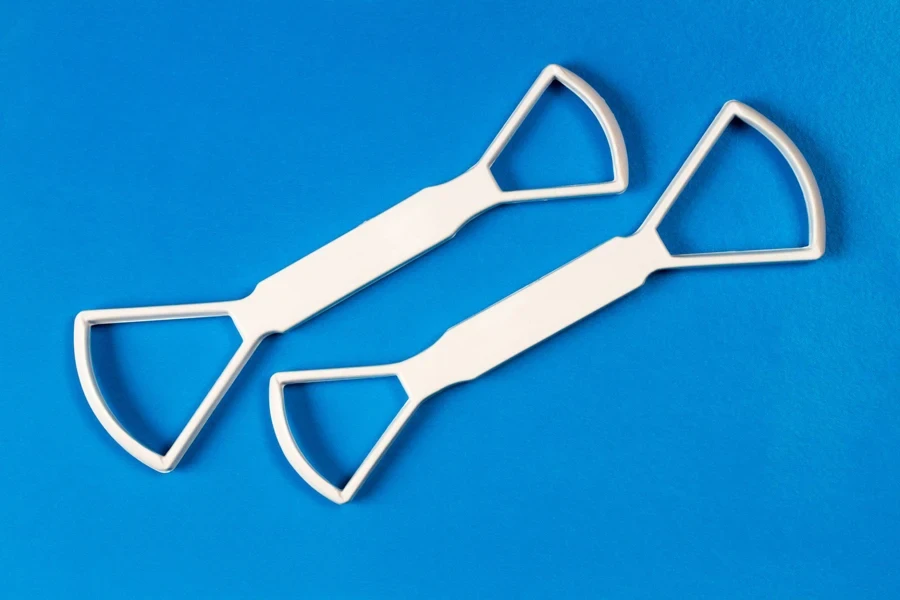
Conclusion
The selection of tongue cleaners in the market demands an evaluation of materials used and user preferences in design. Steel and copper options stand out for their lasting quality and antimicrobial features that make maintenance a breeze. Conversely, plastic and silicone alternatives benefit those who value comfort and flexibility. Brush-based cleaners provide cleaning benefits for individuals with unique oral health requirements. In 2025, retailers can cater to the needs of the oral care market by prioritizing products that combine cleanliness, comfort, and good performance.




